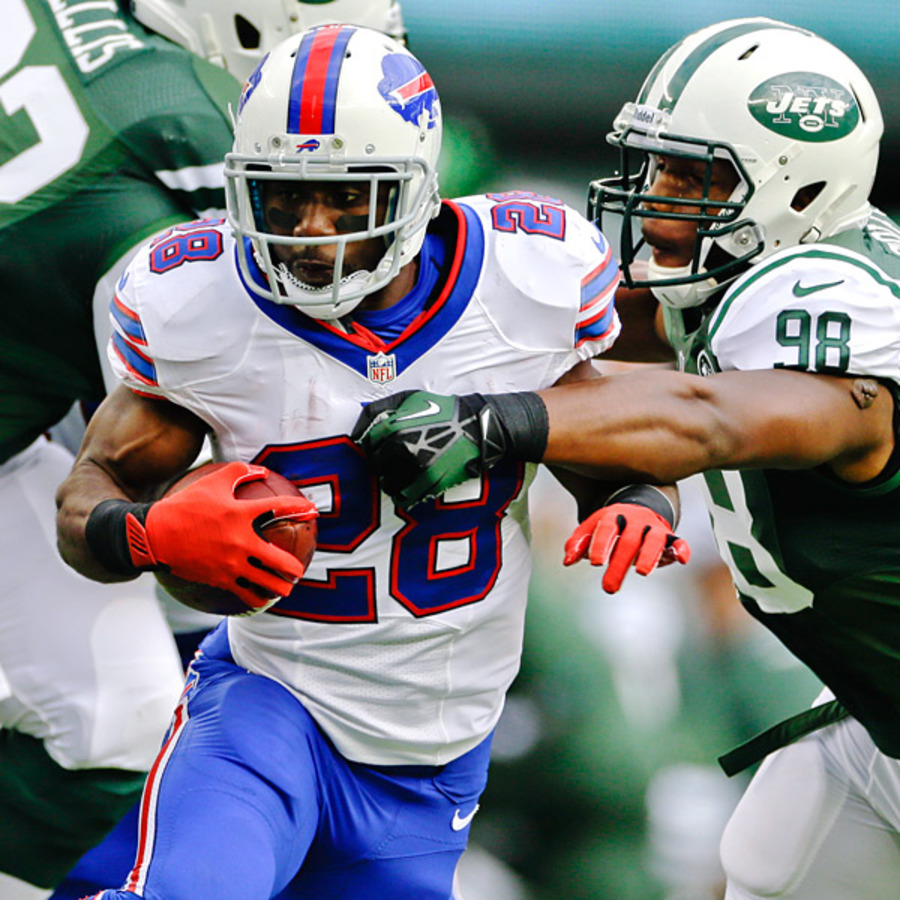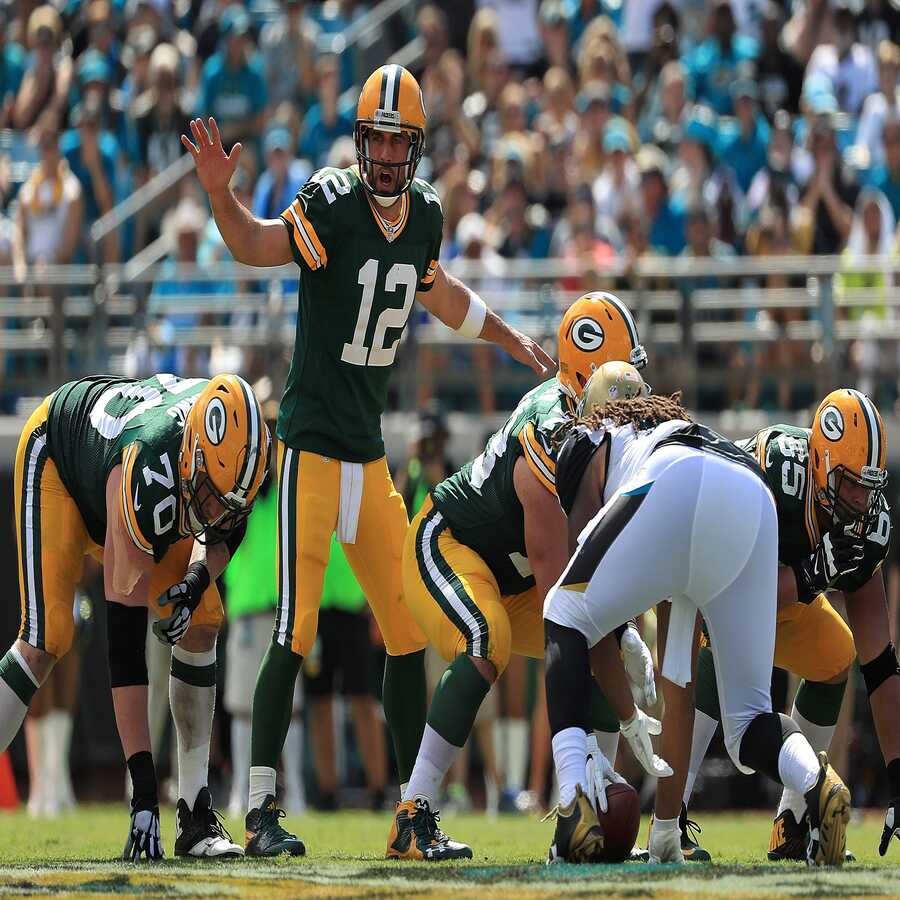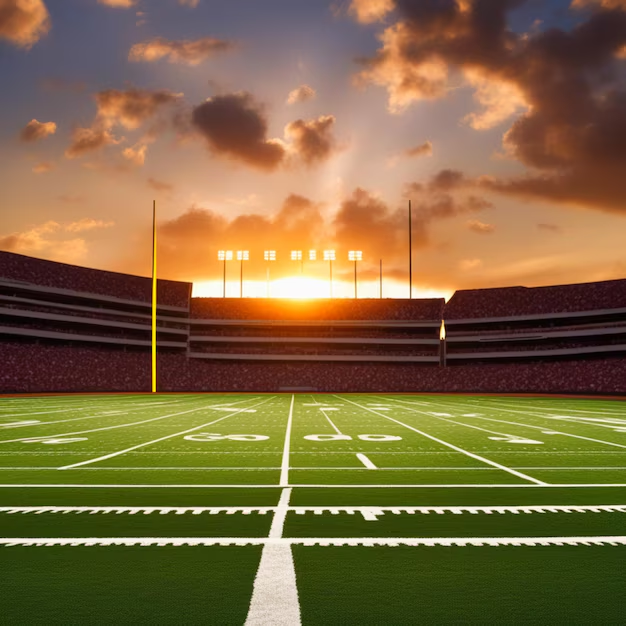I. Introduction

A. Defining the Receiver Position in Football
In football, the receiver position refers to players who primarily catch passes from the quarterback. Receivers, often referred to as wide receivers, slot receivers, or tight ends, play a critical role in the offensive strategies of a team. They are responsible for running precise routes, making catches, and contributing to the overall success of the passing game.
B. Significance of a Receiver on the Field
Receivers are essential to the success of the offense, as they are instrumental in advancing the ball down the field and scoring points. Their ability to create separation from defenders, make critical catches, and contribute to the running game highlights the significance of this position in football.
II. Skills and Attributes
A. Speed, Agility, and Route Running
The role of a receiver demands speed, agility, and refined route-running skills. Receivers must be able to accelerate quickly off the line of scrimmage, change direction with agility, and run precise routes to create opportunities for the quarterback to deliver accurate passes.
B. Hands and Catching Ability
Possessing reliable hands and exceptional catching ability is vital for receivers. They are often tasked with making catches in challenging and contested situations, requiring focus, hand-eye coordination, and the ability to secure the ball while under pressure from defensive players.
C. Physicality and Body Control
Receivers must also exhibit physicality and body control to outmaneuver defenders and navigate through traffic. Whether it is using their bodies to shield off defenders, making acrobatic catches while airborne, or engaging in blocking assignments, physicality and body control are crucial attributes for success in this position.

III. Different Types of Receivers
A. Wide Receiver (WR)
The wide receiver, often referred to as the WR, is typically the primary pass-catching target for the quarterback. They line up on the outside of the offensive formation and are responsible for running precise routes to get open for a pass. Wide receivers are often known for their speed, agility, and ability to make acrobatic catches. They are essential for stretching the field and creating big plays for the offense.
B. Slot Receiver
The slot receiver is a smaller, quicker receiver who lines up between the offensive line and the wide receiver on either side of the formation. They are often used in short and intermediate passing routes and are relied upon to make quick, decisive moves to get open. Slot receivers are known for their elusiveness and ability to navigate through traffic in the middle of the field.
C. Tight End (TE)
The tight end is a versatile position that combines the skills of a receiver and a blocker. They line up on the end of the offensive line and are responsible for both catching passes and blocking for the running game. Tight ends are often bigger and stronger than other receivers, allowing them to excel in both receiving and blocking roles. They provide a valuable option for the quarterback in the passing game, especially in the red zone.
IV. Responsibilities on the Field
A. Creating Separation from Defenders
One of the key responsibilities of offensive players, particularly wide receivers and tight ends, is to create separation from defenders. This involves using a combination of speed, agility, and precise route running to gain an advantage over the defensive player assigned to cover them. By creating separation, the offensive player makes themselves a viable target for the quarterback, giving them the opportunity to make crucial catches and advance the ball down the field.
Creating separation is a critical skill that requires both physical and mental attributes. Players must be able to use their speed and quickness to gain an advantage over defenders, as well as their football IQ to understand how to exploit defensive coverages and find open spaces on the field. The ability to create separation not only benefits the individual player but also opens up opportunities for the entire offense to move the ball efficiently and effectively.
B. Making Crucial Catches
Another vital responsibility for offensive players, particularly wide receivers, tight ends, and running backs, is making crucial catches. This involves not only getting open and creating separation from defenders but also securing the ball when it is thrown their way. Making crucial catches is essential for keeping offensive drives alive, converting third downs, and ultimately putting points on the board.
To fulfill this responsibility, players must possess excellent hands, hand-eye coordination, and the ability to maintain focus and concentration in high-pressure situations. Additionally, they must be able to adjust to the trajectory of the ball, make contested catches in traffic, and have the physical resilience to hold onto the ball while absorbing hits from defenders. Making crucial catches is a skill that can greatly impact the success of the offense and is a fundamental aspect of a player’s contribution to the team.
C. Blocking and Run Support

In addition to creating separation and making catches, offensive players are also responsible for providing crucial blocking and run support. This is particularly important for offensive linemen, tight ends, and wide receivers, who are often required to engage with defenders to open up running lanes for the ball carrier or to protect the quarterback from oncoming pass rushers.
Blocking and run support are selfless acts that require physicality, technique, and a team-first mentality. Whether it’s sealing off a defender to create a running lane, picking up a blitzing linebacker to give the quarterback more time to throw, or maintaining a block downfield to spring a big gain, these acts are often unsung but are invaluable to the success of the offense. Without effective blocking and run support, the offense would struggle to establish a balanced attack and would be susceptible to defensive pressure and disruption.
V. Impact on Offense
A. Stretching the Defense:
One of the primary impacts of a strong offense is its ability to stretch the defense. This means that the offense forces the opposing defense to cover the entire length and width of the field, thus creating gaps and vulnerabilities that can be exploited. This is often achieved through a combination of both running and passing plays, as well as the use of skilled and versatile players who can threaten the defense in multiple ways.
When an offense successfully stretches the defense, it opens up space for the running game, as well as creating opportunities for big plays in the passing game. This can force the defense to spread out and cover more ground, leading to potential mismatches and favorable matchups for the offense to exploit.
B. Providing Options for the Quarterback:
A high-performing offense also provides numerous options for the quarterback, which can significantly impact the team’s success. When a quarterback has multiple viable options to choose from on any given play, it puts tremendous pressure on the defense and makes it much more difficult for them to predict and defend against the offense’s actions.
Having a variety of options also allows the quarterback to adjust to the defense’s movements and coverages, leading to more successful plays and sustained drives. Additionally, it gives the quarterback the ability to spread the ball around to different playmakers, keeping the defense off balance and preventing them from focusing too heavily on any one aspect of the offense.
C. Yielding Big Plays and Scoring Opportunities:
Ultimately, the impact of a strong offense can be measured by its ability to yield big plays and scoring opportunities. A well-executed offense is capable of producing explosive plays that can quickly change the momentum of a game and put points on the board. These big plays often result from the offense’s ability to stretch the defense and provide options for the quarterback, creating opportunities for receivers to get open downfield or for running backs to break free for long gains.
Furthermore, a potent offense consistently puts itself in position to score points, whether through touchdowns or field goals. This not only puts pressure on the opposing defense but also provides a crucial advantage in the game, as scoring drives can swing the momentum and put the opposing team on its heels.
In conclusion, the receiver position in football holds significant importance in the offensive game plan. The skills and attributes required, including speed, agility, precise route running, reliable hands, and physicality, highlight the multifaceted nature of this position. Understanding the defining characteristics and significance of receivers provides insight into their impact on the field and the overall success of the offensive unit.


